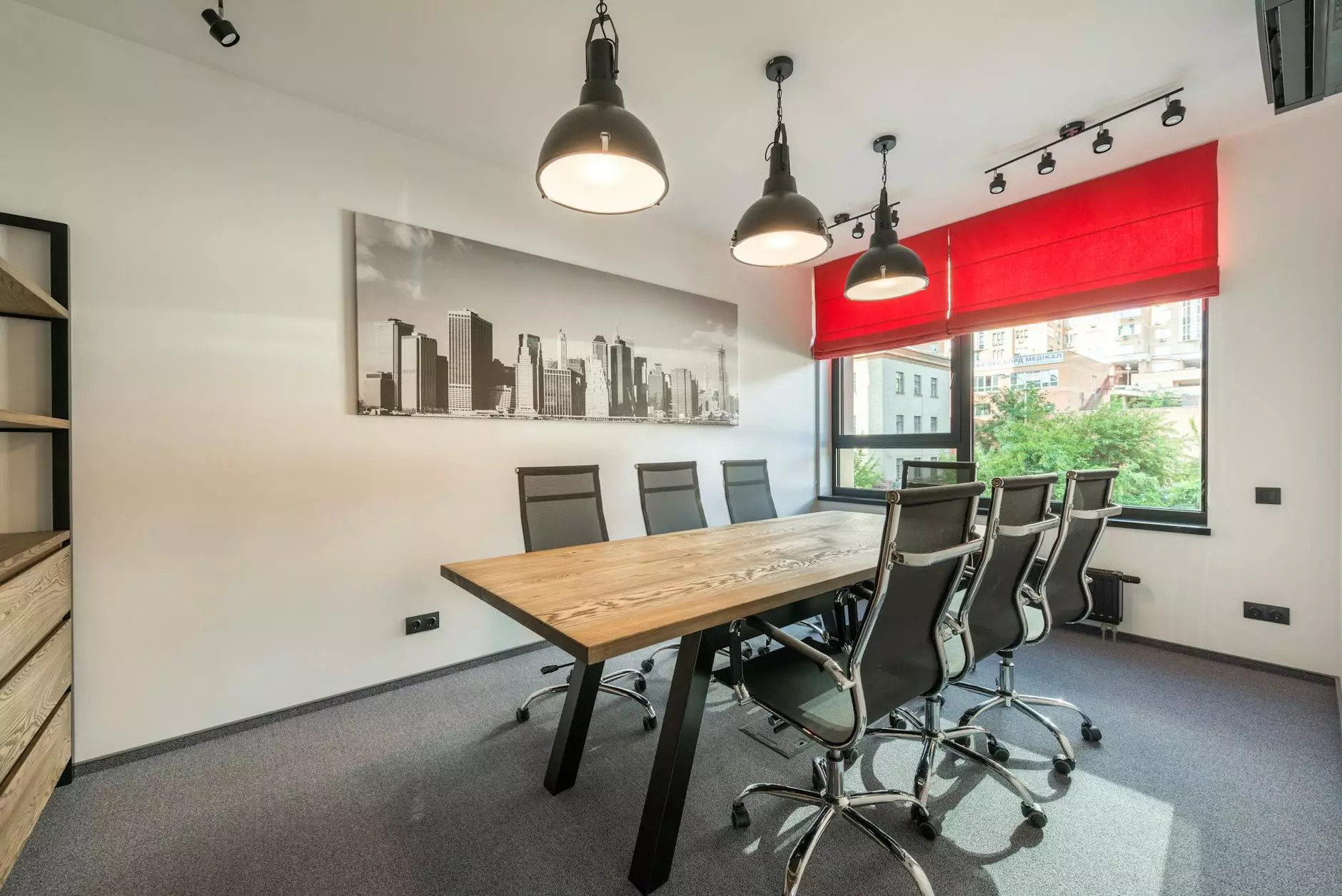Welcome to Your SEO Geek
Website Features
The Guide to Responsive Web Design in WordPress
Introduction
Are you looking for SEO agencies in Buffalo to help boost your online presence? Look no further! Your SEO Geek is the leading Buffalo SEO company specializing in driving organic traffic to your website and increasing your search engine visibility. In today's digital world, having a responsive web design is crucial, especially when using WordPress as your content management system (CMS). In this comprehensive guide, we will take you through the ins and outs of responsive web design in WordPress, allowing you to create a visually appealing and user-friendly website that performs well on all devices.
Why Responsive Web Design?
Responsive web design ensures that your website layout and elements adapt and respond seamlessly to different screen sizes and devices. With the increasing use of mobile devices for internet browsing, having a mobile-friendly website is no longer optional—it is a necessity. Search engines, like Google, prioritize mobile-friendly websites in their rankings, making responsive web design an essential factor for SEO success. By implementing responsive design techniques in your WordPress website, you can provide an optimal user experience for your visitors, leading to higher engagement, lower bounce rates, and ultimately, improved search rankings.
Getting Started with Responsive Web Design in WordPress
Now that we understand the importance of responsive web design, let's dive into the steps you need to follow to make your WordPress website fully responsive:
1. Choose a Responsive WordPress Theme
The foundation of your responsive web design lies in selecting a WordPress theme that is designed with responsiveness in mind. Look for themes that are labeled as "mobile-friendly" or "responsive," as these will incorporate the necessary CSS and HTML elements to ensure your website adjusts perfectly to different screen sizes.
2. Optimize Your Images
Images play a crucial role in website design, but they can also slow down your site's loading speed if they are not optimized. Before uploading images to your WordPress media library, make sure to resize and compress them to an appropriate size without compromising quality. WordPress also offers various plugins that can help you in optimizing images for better speed and performance.
3. Use Fluid Grids and Flexible Layouts
In responsive web design, the use of fluid grids and flexible layouts is essential. This allows your website to adapt and adjust its structure based on the screen size and resolution. WordPress offers several plugins and themes that make it easy to create fluid grids and flexible layouts without the need for manual coding.
4. Utilize Responsive Plugins
Extend the functionality of your responsive WordPress website by utilizing responsive plugins. There are many plugins available that can help you optimize your site's navigation, forms, galleries, and more for different devices. These plugins simplify the process of making your website responsive, even for those with limited technical expertise.
5. Test and Optimize for Performance
After implementing responsive web design techniques, it is crucial to test your website on various devices and screen sizes to ensure it functions flawlessly. Additionally, optimizing your site for performance by minimizing code, leveraging caching, and optimizing server response time greatly contributes to a better overall user experience.
© 2022 Your SEO Geek | All rights reserved.










